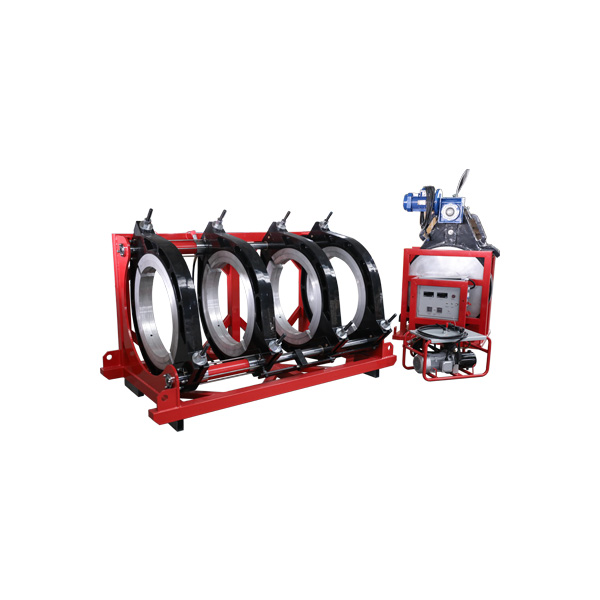Contact us

Continuous flash welding 1. It is closely related to th […]
Continuous flash welding
1. It is closely related to the capacity of the welding machine, the steel grade and the size of the steel bar. The welding machine of a certain capacity can only weld the steel bars that meet the specifications.
2. According to the steel grade, diameter, welding machine capacity and different process methods, choose the appropriate transformer level. If the transformer level is too low, the secondary voltage is low, and the welding current is small, it will make flashing difficult, insufficient heating, and cannot use flash to protect the weld from oxidation; on the contrary, if the transformer level is too high, the flash is too strong, It will also cause a lot of heat to be taken away by the metal particles, and the temperature of the end of the steel bar will not rise.
3. The fluctuation of the power supply voltage has a great influence on the welding quality. During the construction on site, due to the large number of electrical equipment, the voltage drop is often large. For this reason, a voltmeter is required in the switch box of the welding power supply, and the welder can always Observe voltage fluctuations and adjust welding parameters in time to ensure welding quality.
4. For flash butt welding, appropriate welding parameters such as adjustment of elongation, calcination retention, upset retention and transformer stages should be selected. The retention during continuous flash welding shall include the firing retention, the electric upset retention and the non-electric upset retention.
5. Flash welding appearance inspection results:
1) No horizontal cracks at the joint;
2) The surface of the steel bar in contact with the electrode must not have obvious burns;
3) The bending angle at the joint shall not be greater than 3. , The axis offset shall not be greater than 0.1 times the diameter of the reinforcement, and shall not be greater than 2mm.
4) Reinforcing bar joints should avoid the bending point of the reinforcing bar, and the distance from the bending point should not be less than 10 times the diameter of the reinforcing bar.
6. When welding is performed under ambient temperature below -5 degrees, preheat flash welding or flash-preheat flash welding should be used for welding; elongation can be increased, lower transformer stages are used, preheating times and intermittent are increased time. In rainy and snowy days, effective sheltering measures must be taken. The uncooled joints after welding shall not touch ice and snow. When the wind speed exceeds 7.9m/s, wind blocking measures shall be taken.

7. The operation method is:
1) Preheating should be sufficient;
2) The flash should be strong immediately before forging:
3) The upset is fast and powerful.
8. Other requirements for steel bar processing and installation
1) The bending position of the bent steel bar shall not exceed 20mm as required by the design.
2) The net size of the stirrups must not exceed ±5mm of the design requirements, of which ±3mm should not be exceeded in bridge engineering.
3) Reinforcement installation requirements: the spacing of the stressed steel bars should not exceed ±5mm; the spacing of the distributed steel bars should not exceed ±20mm; the spacing of the stirrups should not exceed ±20mm when binding the framework; the welding framework should not exceed ±10mm.

Quick Links
Products
Contact Us

